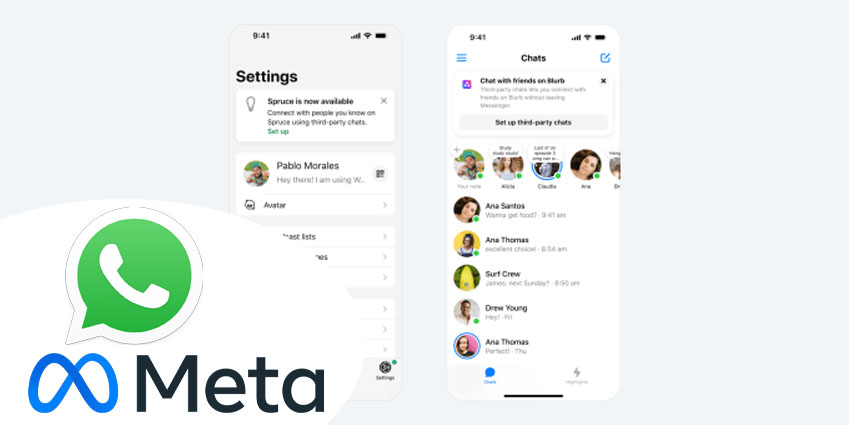We’re drowning in data.
According to the most recent DOMO report, over 2.5 quintillion bytes of data are created each day. That number is set to increase to about 1.7MB every second next year.
The more advanced our technology becomes, the more data we collect. The world is choking on streams of invisible information.
So, how do we deal with that?
Lately, we’ve been turning more aggressively to help from our robot counterparts with artificial intelligence. After all, AI can help process the data that we collect much faster than we can. According to discussions at the Enterprise World Asia Event in 2019, AI is one of the easiest ways to improve and manage Enterprise Information Management.
However, there’s a risk that we might be relying on AI a little bit too much.
Could AI Contribute to Information Overload?
The most recent announcements from AI leaders like Google and Microsoft give us an insight into where AI is heading. For instance, after the recent Build Developer conference from Microsoft, Chris Stetkiewicz said that
“AI is being integrated into everything from your refrigerator to your favourite workout app.”
On the other hand, at Google’s keynote speech for Cloud Next 2019, Sundar Pichai (CEO) said that the company is on an
“AI first” mission that places intelligence into “everything Google does.”
In other words, AI is pervading every part of our lives.
At first glance, this seems like a good thing. The more information that we can collect, the more intelligent our community becomes. If your refrigerator knows when you’re running out of milk, it can send you a notification that ensures you never have to go without cereal or your morning latte again.
However, at the same time, the rise of AI also means that we’re turning the infinite amounts of “invisible” information in our world into reports, analytics, and insights that could fill endless libraries. There’s no way we could ever get through all of that data.
Are we just exposing ourselves to more overwhelm?
AI Powered Users and Agents
Leaders in customer experience and collaboration tools are using the data-management aspects of AI to bring more context to conversations. They believe that by collecting the right information and sharing it with agents, they can provide better experiences for customers.
You can’t argue with that theory. If your AI can tell you where your clients came from, what they’ve bought in the past, and what they dislike and like about your business, you can provide them with a more relevant and personalised experience. If your meeting room equipment can tell you who the people are in the room, that’s pretty handy right?
However, the information that we collect, and use needs to be managed in such a way that ensures every employee doesn’t have to become a data analyst just to get by in customer service.
The good news is that future generations are generally more digitally advanced and capable of dealing with the vast demands of a more data-rich environment. They’ve grown up in a connected world where anything is possible.
These are the people that will show future generations how to navigate a world where information is everywhere. However, for the rest of us, it’s crucial for vendors to make sure that the benefits of AI aren’t drowned out by the noise and complexity of endless data streams and complex new tools.
I’m a bloke that doesn’t belong to the millennial generation – I can just about focus on one thing at a time, let alone manage countless sources of information while communicating with a customer.
Let’s hope that today’s vendors don’t get so caught up in trying to provide access to information, that they forget to make it easy for users to say, “that’s enough.”







